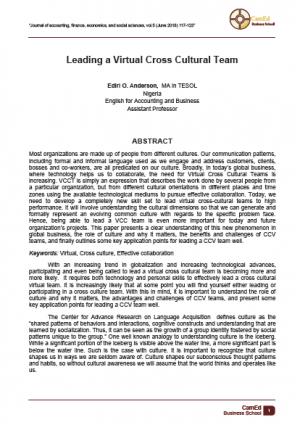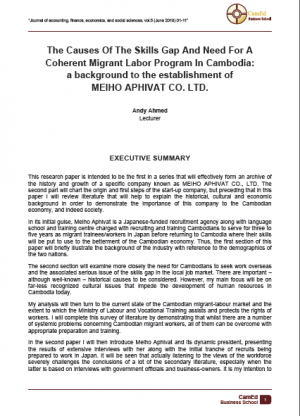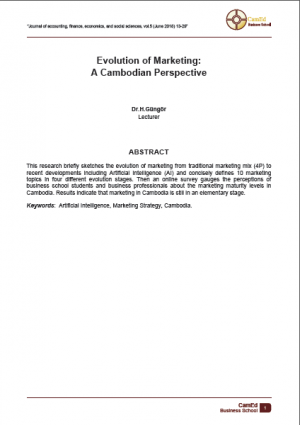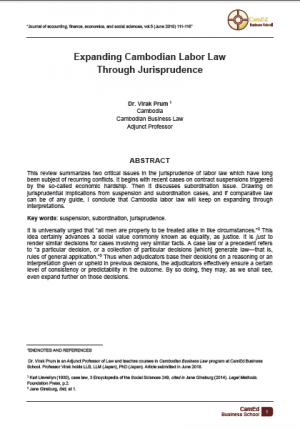For read a book, Please sign into your account.
loginABSTRACT
Most organizations are made up of people from different cultures. Our communication patterns, including formal and informal language used as we engage and address customers, clients, bosses and co-workers, are all predicated on our culture. Broadly, in today’s global business, where technology helps us to collaborate, the need for Virtual Cross Cultural Teams is increasing. VCCT is simply an expression that describes the work done by several people from a particular organization, but from different cultural orientations in different places and time zones using the available technological mediums to pursue effective collaboration. Today, we need to develop a completely new skill set to lead virtual cross-cultural teams to high performance. It will involve understanding the cultural dimensions so that we can generate and formally represent an evolving common culture with regards to the specific problem face. Hence, being able to lead a VCC team is even more important for today and future organization’s projects. This paper presents a clear understanding of this new phenomenon in global business, the role of culture and why it matters, the benefits and challenges of CCV teams, and finally outlines some key application points for leading a CCV team well.
Keywords: Virtual, Cross culture, Effective collaboration
With an increasing trend in globalization and increasing technological advances, participating and even being called to lead a virtual cross cultural team is becoming more and more likely. It requires both technology and personal skills to effectively lead a cross cultural virtual team. It is increasingly likely that at some point you will find yourself either leading or participating in a cross culture team. With this in mind, it is important to understand the role of culture and why it matters, the advantages and challenges of CCV teams, and present some key application points for leading a CCV team well.
The Center for Advance Research on Language Acquisition defines culture as the “shared patterns of behaviors and interactions, cognitive constructs and understanding that are learned by socialization. Thus, it can be seen as the growth of a group identity fostered by social patterns unique to the group.” One well known analogy to understanding culture is the iceberg. While a significant portion of the iceberg is visible above the water line, a more significant part is below the water line. Such is the case with culture. It is important to recognize that culture shapes us in ways we are seldom aware of. Culture shapes our subconscious thought patterns and habits, so without cultural awareness we will assume that the world thinks and operates like us.










